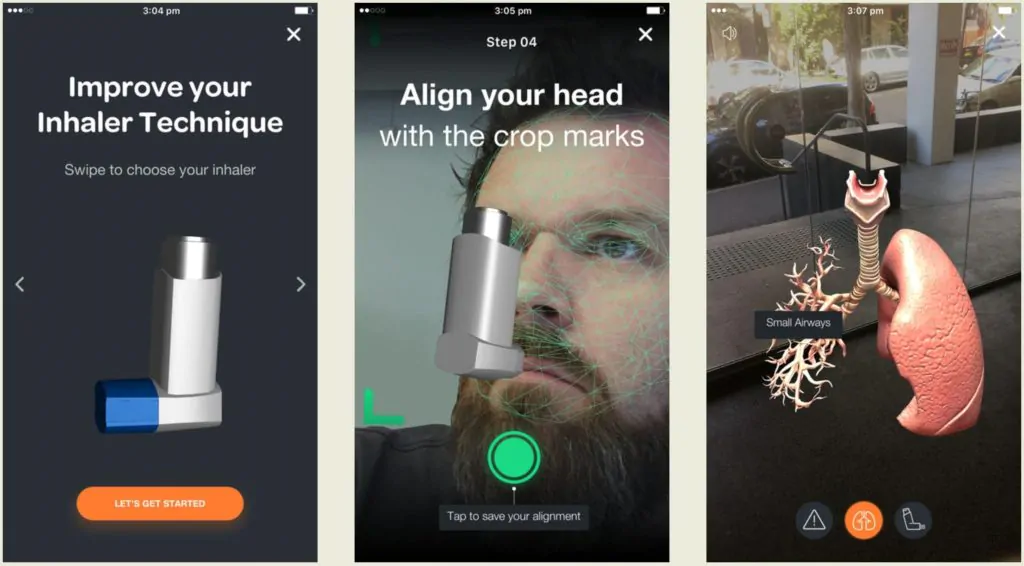It goes without saying that technologies such as AR (Augmented Reality) are revolutionizing how we live, create information, and communicate with one another.
Scientists like Nikola Tesla foresaw this in 1926, when he imagined “a device that would allow us to communicate instantly over any distance, seeing and hearing one another as though face to face.” The device would be small enough to fit in a “vest pocket.”
These devices are now almost essential to our daily lives. They are now getting smarter and more advanced all the time. Augmented reality is at the cutting edge of new technologies and ideas for mobile phones. We are using this technology more and more every day. Developers are thinking about how to use it to make our reality better and more interesting.
Here are four different ways that Augmented Reality can improve our lives.
1. Augmented Health – Helping patients with diabetes
Australian doctors are developing an Augmented Reality application. The motive is to help people with high blood pressure and Type 2 diabetes manage their medication. The goal is to discover the best way to assist people who require a variety of medications using AR.
Keeping track of all the advice, comprehending it, and being able to ask pertinent questions are critical challenges. AR enables the use of mobiles to provide information on specific medications at the appropriate time and manner for each individual.
For any query regarding medication, people can message or call diabetes help lines through the smart phone application.
Another app, Breatherite (shown above), uses AR to track Asthma Treatment. This iPhone app, which is available in Singapore, evaluates users’ inhaling techniques and recommends appropriate adjustments. And it does so by using the smart phone’s front-facing camera, microphone, accelerometer, and gyroscope. The app also offers lifestyle advice, air quality data, and medication reminders.
2. Empathy – Helping people to better understand Autism
The goal of the smart phone application ‘An Empathy Bridge for Autism’ and the additional wearable kit is to introduce those who do not have the disability to the feeling of being autistic. When used in conjunction with a camera-enabled Google Cardboard, the app alters the wearer’s vision, while earpieces amplify nearby sounds. As a result, the experience is surreal, highlighting the daily lives of people with Autism.
This could indicate that the next big thing for virtual and augmented reality will be to educate people about what these symptoms look and feel like. So that those who do not have autism, dementia, or other disorders will be better equipped to help those who do.
3. Augmented Shopping – Helping disabled shoppers
According to research and a pilot experience developed for three levels of impairment, Augmented Reality technologies can be used to improve the shopping experience for both disabled shoppers and salespeople.
AR markers on the shelves and an app, with real-time updated information will direct shoppers to the products with the device. This will allow them to watch the augmented information overlay the real view of the shelves and select the items they want to purchase. When they are ready to check out, staff will collect and process each item for them.
When asked about the experiment, the test subjects revealed that they felt more independent than they normally would while shopping.
Researchers are now planning a more realistic test.
4. Augmented Training – Helping skills acquisition for learners
Augmented reality is becoming more common in classrooms. It is, in fact, one of the most widely used technologies among students and teachers. It enables the former to acquire skills and knowledge in a motivating and appealing manner. This helps to improve the teaching-learning process.
It enables effective and safe learning while lowering costs and impact on our environment.





